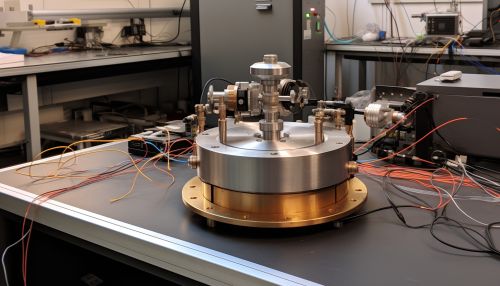The Physics of Quantum Oscillations
Introduction
Quantum oscillations are a quantum mechanical phenomenon that occur in certain systems at low temperatures and in high magnetic fields. They are a direct consequence of the quantum nature of particles and provide a powerful tool for studying the electronic properties of materials.


Quantum Mechanics and Oscillations
Quantum mechanics, the underlying theory of the microscopic world, predicts that particles such as electrons do not have definite positions or velocities, but instead exist in a superposition of states. This leads to the phenomenon of quantum oscillations, where the properties of a system oscillate between different values due to the wave-particle duality of quantum particles.
The Landau Quantization
The concept of quantum oscillations is closely related to the Landau quantization, a theory developed by the physicist Lev Landau. According to this theory, when a magnetic field is applied to a system of electrons, their energy levels become quantized, leading to the appearance of oscillations in the density of states and other physical properties.


Quantum Oscillations in Metals
Quantum oscillations are particularly prominent in metals, where the conduction electrons are free to move throughout the material. The oscillations can be observed in various properties of the metal, such as its magnetization and electrical resistance. These oscillations are known as de Haas-van Alphen and Shubnikov-de Haas oscillations, named after the scientists who first observed them.
Experimental Observation of Quantum Oscillations
Quantum oscillations are typically observed through experiments conducted at low temperatures and high magnetic fields. The oscillations are often detected through measurements of the magnetization or electrical resistance of the material. The frequency and amplitude of the oscillations provide valuable information about the electronic structure of the material.


Applications of Quantum Oscillations
Quantum oscillations have found a wide range of applications in condensed matter physics. They are used to study the electronic properties of materials, such as their Fermi surface and band structure. They also provide a powerful tool for investigating exotic states of matter, such as superconductors and topological insulators.
Conclusion
Quantum oscillations are a fascinating manifestation of the quantum nature of particles. They provide a window into the microscopic world, revealing the intricate behavior of quantum systems. Through the study of quantum oscillations, scientists have gained deep insights into the properties of materials and the fundamental laws of physics.


